Trevor Rife
Leaf Angle Estimation using Mask R-CNN and LETR Vision Transformer
Aug 01, 2024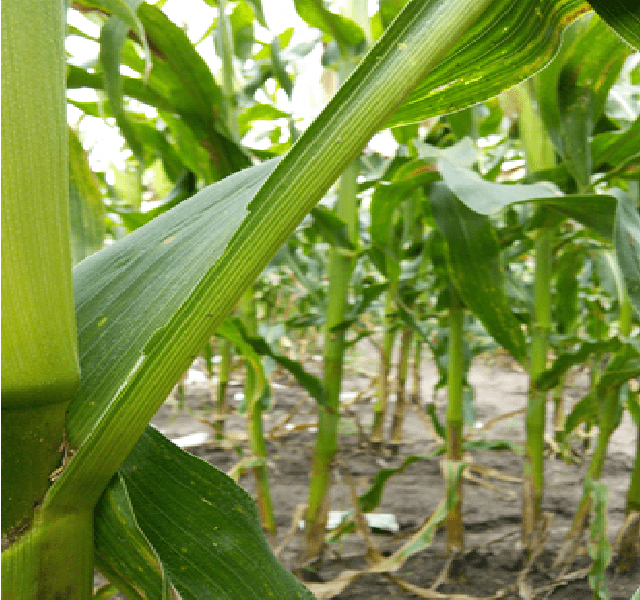
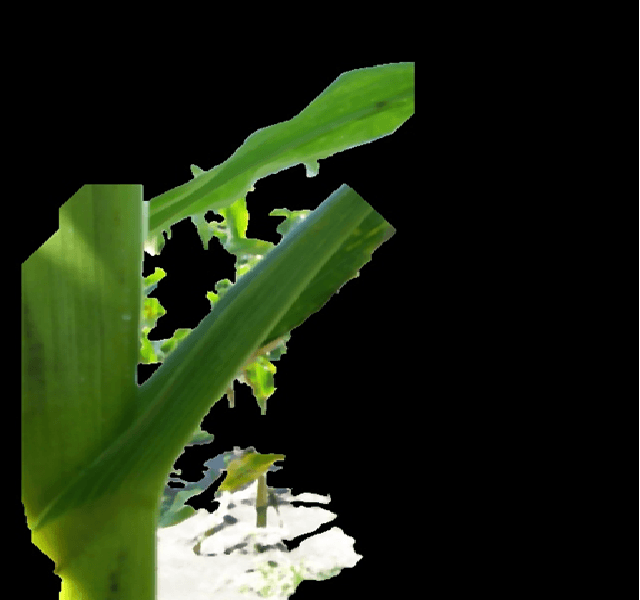
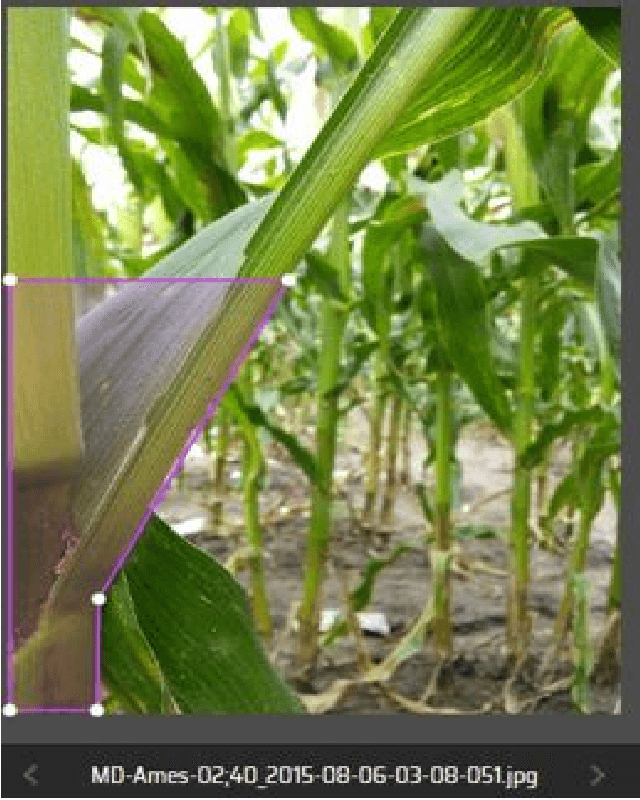
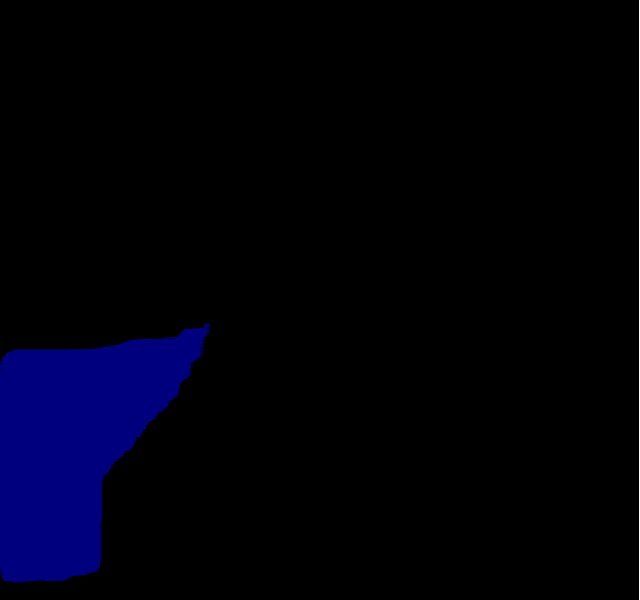
Abstract:Modern day studies show a high degree of correlation between high yielding crop varieties and plants with upright leaf angles. It is observed that plants with upright leaf angles intercept more light than those without upright leaf angles, leading to a higher rate of photosynthesis. Plant scientists and breeders benefit from tools that can directly measure plant parameters in the field i.e. on-site phenotyping. The estimation of leaf angles by manual means in a field setting is tedious and cumbersome. We mitigate the tedium using a combination of the Mask R-CNN instance segmentation neural network, and Line Segment Transformer (LETR), a vision transformer. The proposed Computer Vision (CV) pipeline is applied on two image datasets, Summer 2015-Ames ULA and Summer 2015- Ames MLA, with a combined total of 1,827 plant images collected in the field using FieldBook, an Android application aimed at on-site phenotyping. The leaf angles estimated by the proposed pipeline on the image datasets are compared to two independent manual measurements using ImageJ, a Java-based image processing program developed at the National Institutes of Health and the Laboratory for Optical and Computational Instrumentation. The results, when compared for similarity using the Cosine Similarity measure, exhibit 0.98 similarity scores on both independent measurements of Summer 2015-Ames ULA and Summer 2015-Ames MLA image datasets, demonstrating the feasibility of the proposed pipeline for on-site measurement of leaf angles.
Fractional Vegetation Cover Estimation using Hough Lines and Linear Iterative Clustering
Apr 30, 2022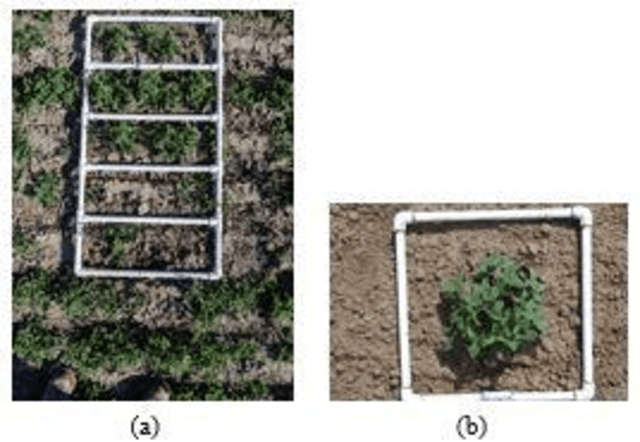
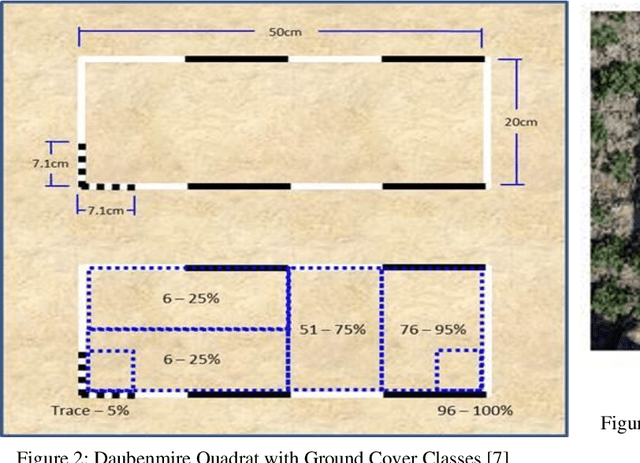
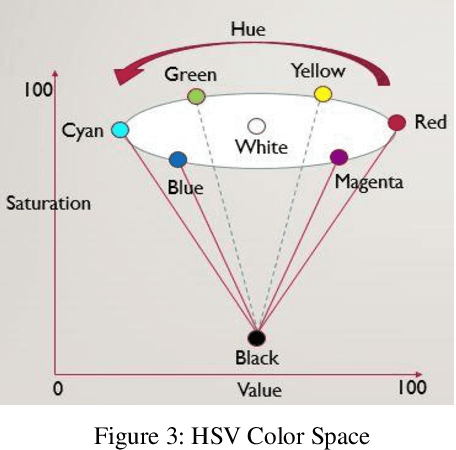
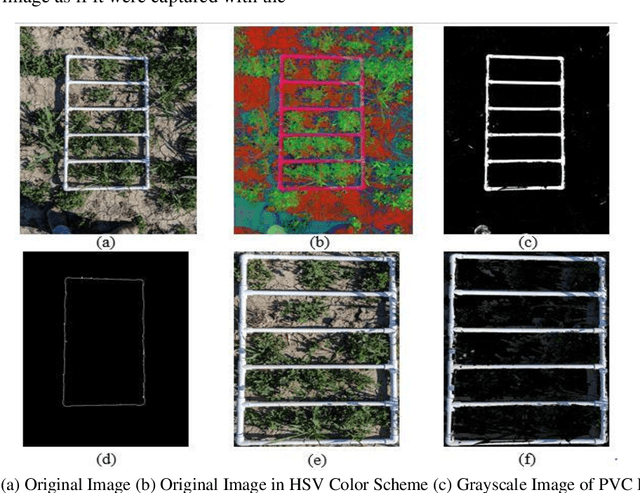
Abstract:A common requirement of plant breeding programs across the country is companion planting -- growing different species of plants in close proximity so they can mutually benefit each other. However, the determination of companion plants requires meticulous monitoring of plant growth. The technique of ocular monitoring is often laborious and error prone. The availability of image processing techniques can be used to address the challenge of plant growth monitoring and provide robust solutions that assist plant scientists to identify companion plants. This paper presents a new image processing algorithm to determine the amount of vegetation cover present in a given area, called fractional vegetation cover. The proposed technique draws inspiration from the trusted Daubenmire method for vegetation cover estimation and expands upon it. Briefly, the idea is to estimate vegetation cover from images containing multiple rows of plant species growing in close proximity separated by a multi-segment PVC frame of known size. The proposed algorithm applies a Hough Transform and Simple Linear Iterative Clustering (SLIC) to estimate the amount of vegetation cover within each segment of the PVC frame. The analysis when repeated over images captured at regular intervals of time provides crucial insights into plant growth. As a means of comparison, the proposed algorithm is compared with SamplePoint and Canopeo, two trusted applications used for vegetation cover estimation. The comparison shows a 99% similarity with both SamplePoint and Canopeo demonstrating the accuracy and feasibility of the algorithm for fractional vegetation cover estimation.
 Add to Chrome
Add to Chrome Add to Firefox
Add to Firefox Add to Edge
Add to Edge